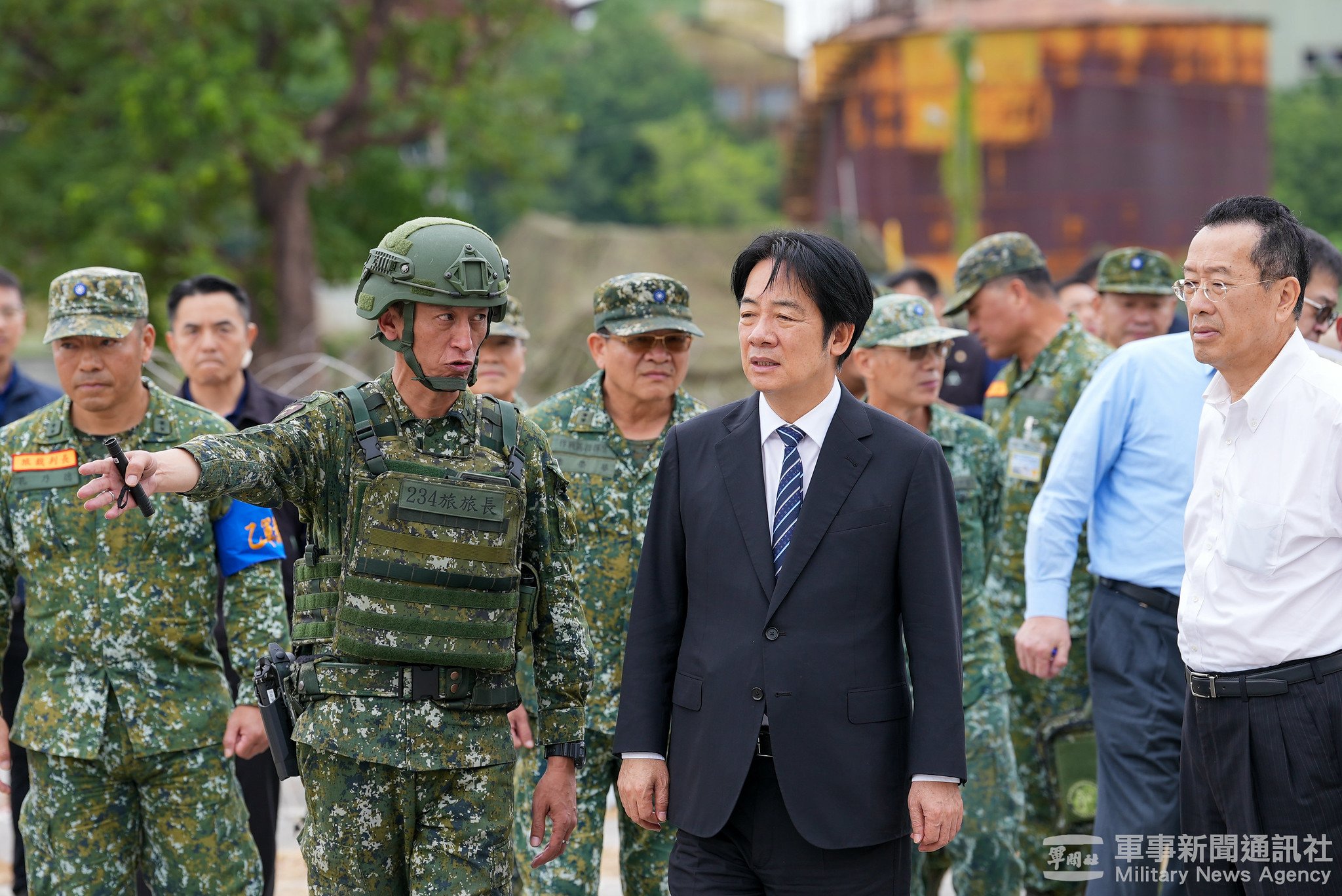Taiwan Rolls Out $40B Defense Supplemental to Fund Air Defense, Asymmetric Capabilities
November 26, 2025 1:44 PM

Taiwan President Lai Ching-te outlined his administration’s proposal for a $40 billion defense supplemental this week that would fund an island-wide air defense system and the procurement of missiles, drones and other anti-invasion capabilities.
Lai cited increased Chinese aggression as a reason for the historic budgetary proposal in an opinion piece published in The Washington Post on Tuesday. President Lai also reiterated his pledge to raise Taipei’s defense budget to 5 percent of the country’s gross domestic product by 2030.
“This landmark package will not only fund significant new arms acquisitions from the United States but [will] also vastly enhance Taiwan’s asymmetrical capabilities. In doing so, we aim to bolster deterrence by inserting greater costs and uncertainties into Beijing’s decision-making on the use of force,” Lai wrote.
In a separate briefing on Wednesday, Lai and Taiwan’s defense leadership outlined the “Special Budget for Strengthening Defense Resilience and Asymmetric Warfare Capabilities.” This project was described in the 2025 National Defense Report as one of two special budgets that the Ministry of National Defense will propose next year. While special budgets covered the procurement of fighter jets and missile systems between 2020 and 2026, the prioritization of asymmetric capabilities and scale of the 2026 proposal comes amid increased concerns of a Chinese invasion.
According to the presentation, the $40 billion project will cover the Taiwan-Dome (T-Dome) island-wide air defense system, a plethora of area denial systems and drones. The project is anticipated to span 2026 to 2033. The Lai administration expects these defense-related projects to generate $13 billion and bring up to 90,000 jobs for the Taiwanese economy.
The T-Dome concept – unveiled by Lai during Taiwan’s national day celebrations last month – seeks to protect the island from Chinese air and missile threats via a networked air defense system. It is unclear what will make T-Dome different from Taipei’s existing air defense network of American-built Patriot and domestically-produced Sky Bow surface-to-air missile batteries.
Among the capabilities covered, Taiwan Defense Minister Wellington Koo highlighted the mass procurement of precision artillery and long-range precision missiles, air defense systems, drone boats and command and control systems enabled by artificial intelligence.
In recent years, Taiwan has bolstered its stockpile of Brave Wind anti-ship missiles via the 2022-2026 “Sea-Air Combat Power Improvement Plan,” a previous special budget program that covered the mass production of domestically made anti-ship and anti-aircraft systems. Taiwanese Army and Navy units are also slated to receive U.S.-produced High Mobility Rocket Artillery Systems and Harpoon coastal defense cruise missiles in the coming years.
Koo recently visited the Republic of China Army’s unmanned training center to observe Taiwanese troops deploying American-made Anduril drones. Taipei’s recent drone push has seen domestic and American firms pitch their unmanned aerial, underwater and surface vehicles to all branches of the Taiwanese military.
“Together with other AI-driven and unmanned platforms, these capabilities bring us closer to the vision of an unassailable Taiwan, safeguarded by innovation and technology,” Lai wrote.
The planned procurements align with objectives identified in the 2025 National Defense Report, which highlighted the need for increased asymmetric capability to deter and defeat an attempted invasion of the island.
